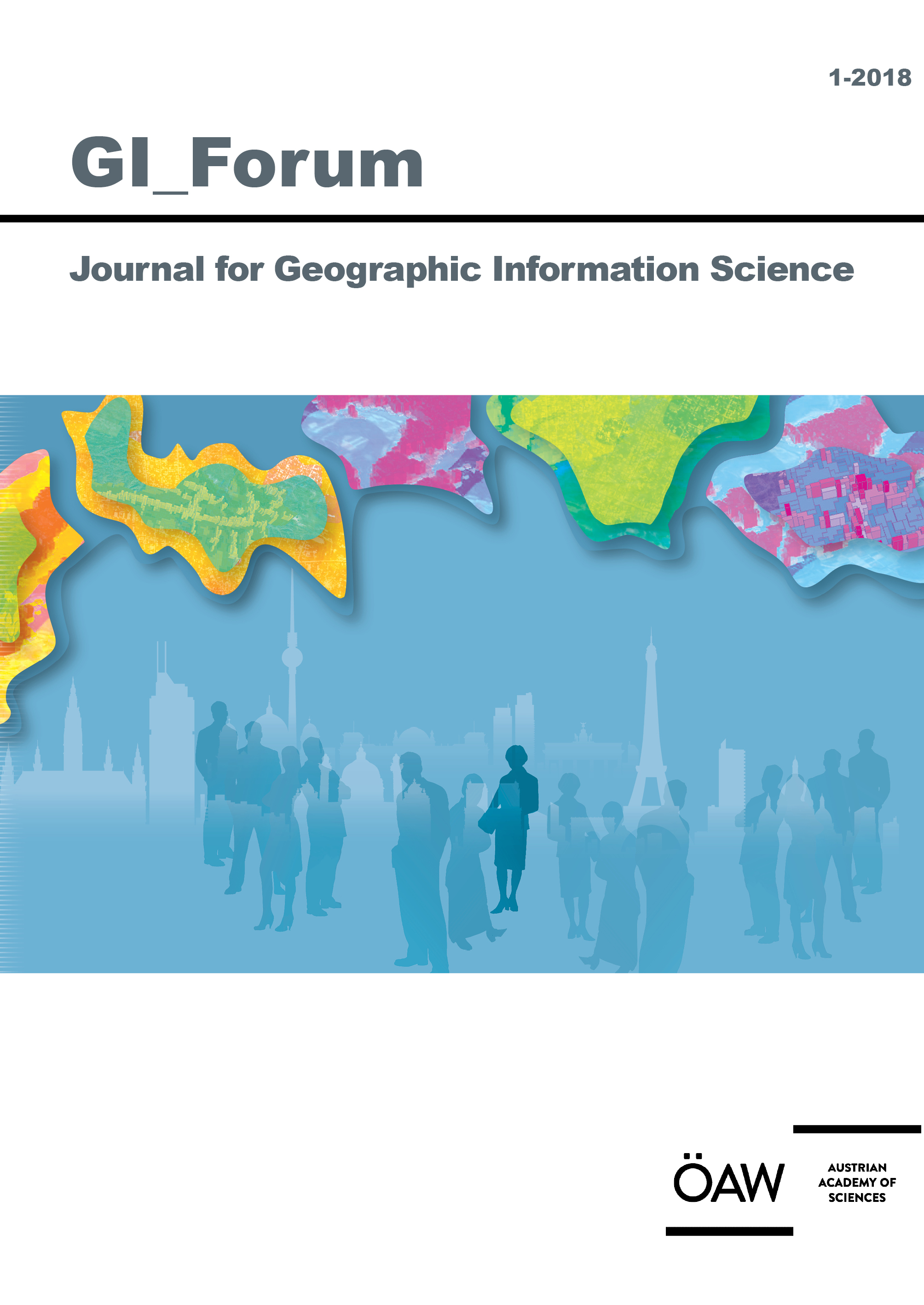
GI_Forum 2018, Volume 6, Issue 1, pp. 251-262, 2018/06/22
Journal for Geographic Information Science

Climate change will bring many changes to the world. For example, the frequency and severity of natural hazards and related disasters are expected to increase globally. Wildfires already affect thousands of people every year and cause billions of Euros’ worth of damage. It is therefore paramount to develop measures that help deal with the consequences of wildfires. Forests being the largest terrestrial ecosystem in the European Union and providing many ecosystem services, their loss due to wildfires is of serious concern. In this study, an algorithm to extract the burned area of wildfire events is presented. It was developed on the basis of three fire events in 2017. The procedure is fully automated, from downloading suitable data to determining the burned area by applying the differenced Normalized Burn Ratio (dNBR) on open Sentinel-2 satellite imagery from the European Copernicus programme. First results show good performance and encourage its further development and application. It is planned that the output of our mapping will feed into and be used in calibrating wildfire simulations during longer fire events.
Keywords: wildfires, Sentinel-2, Copernicus, cloud computing